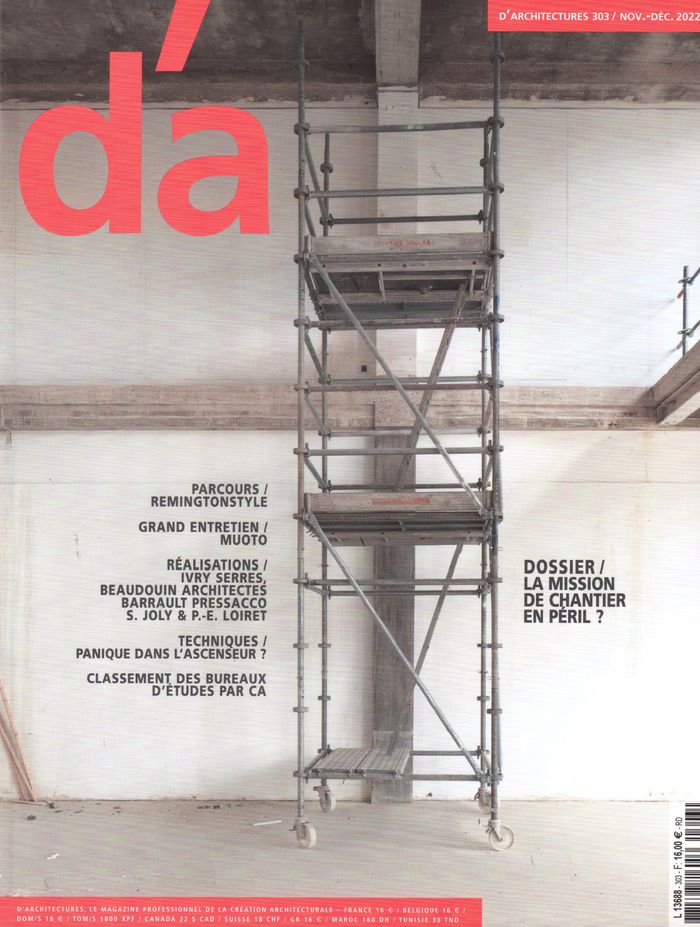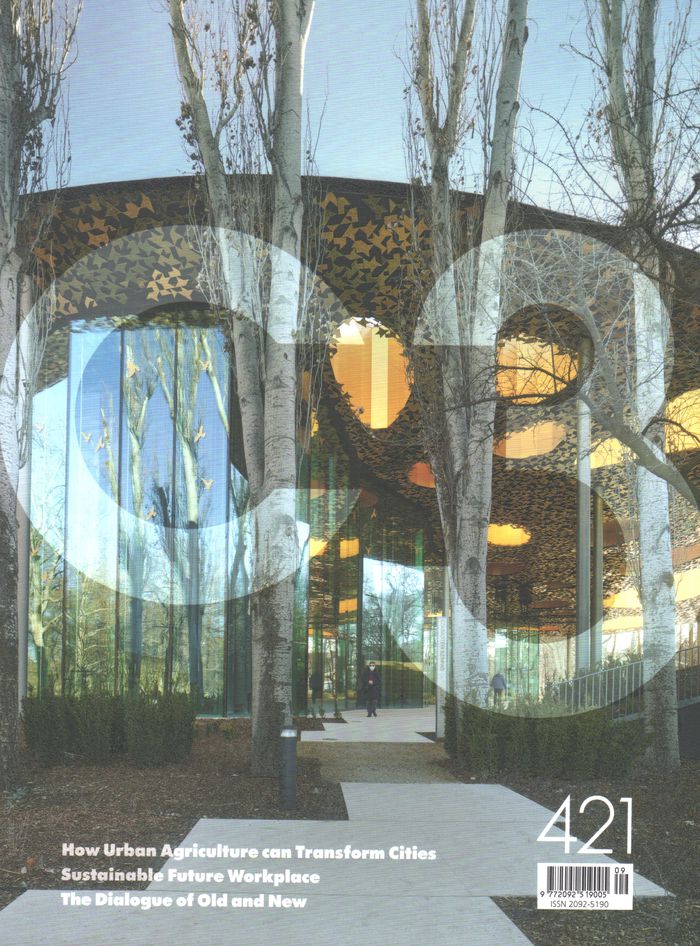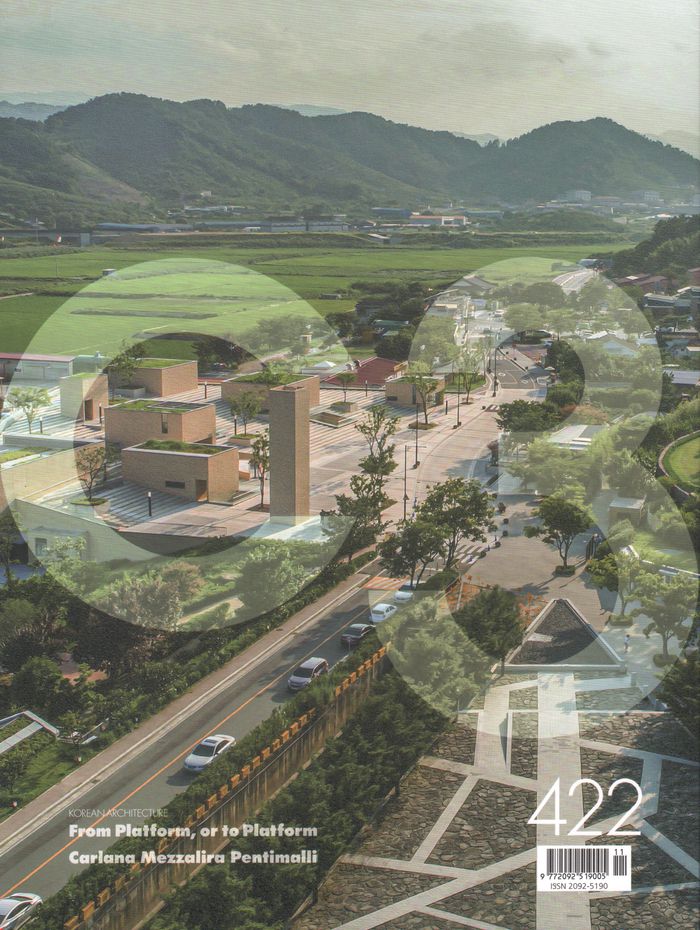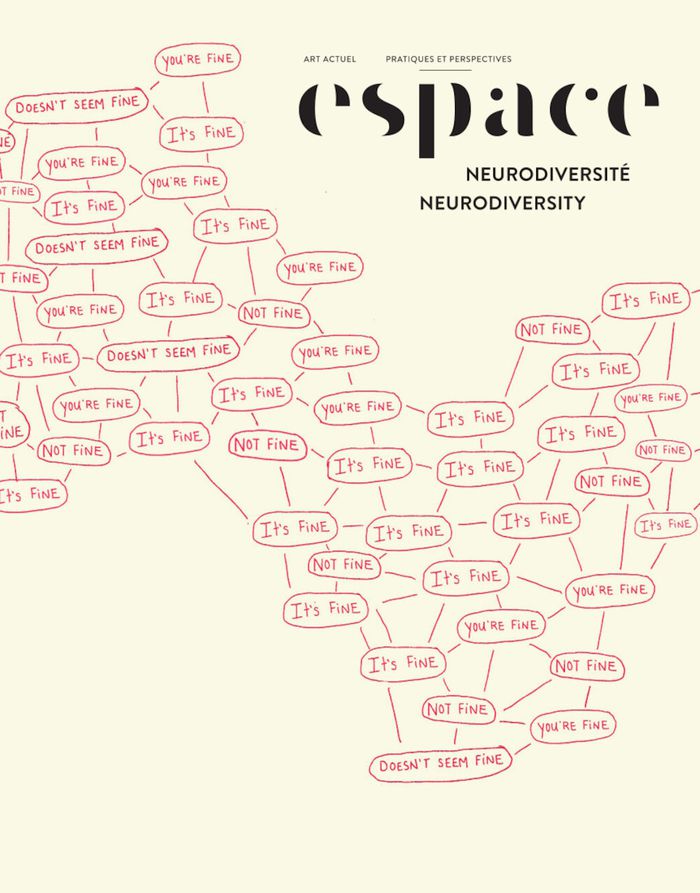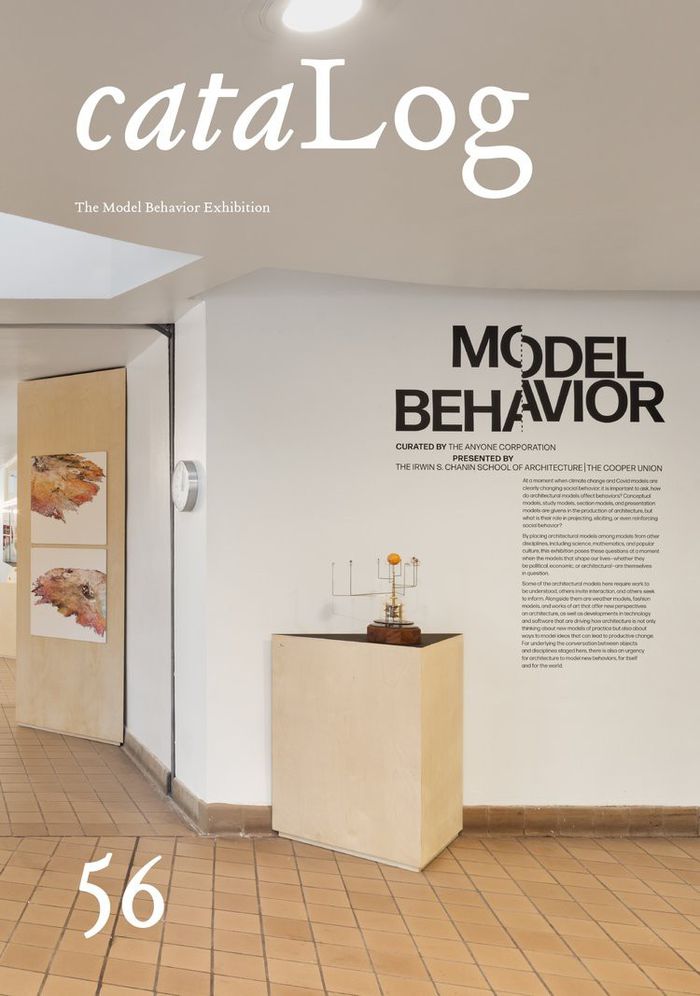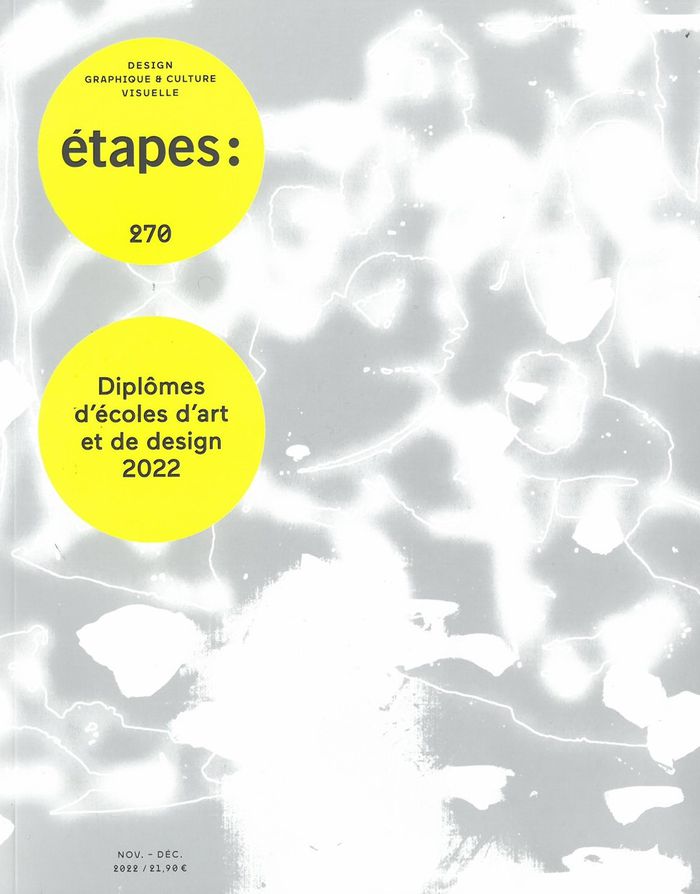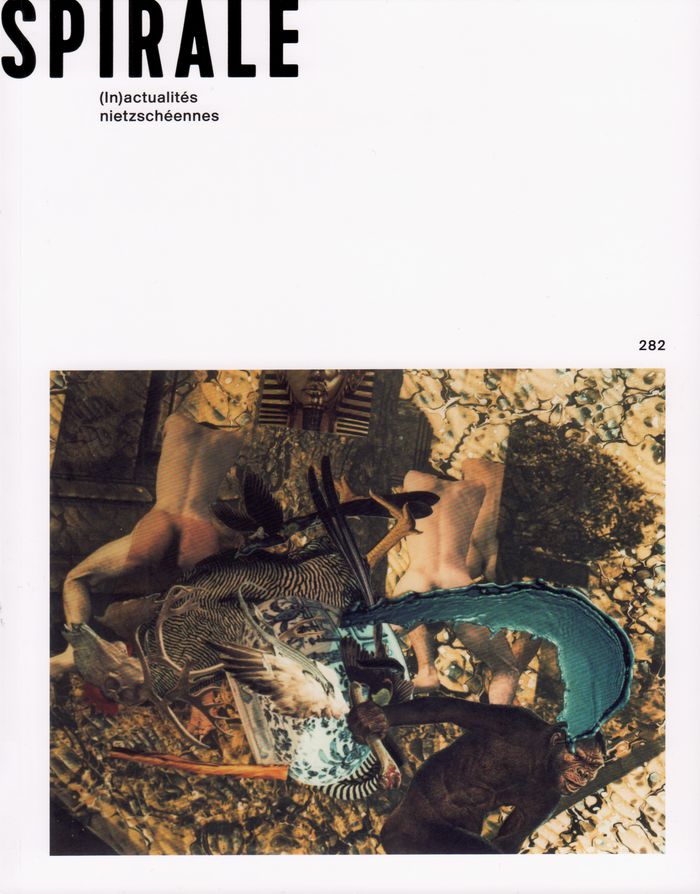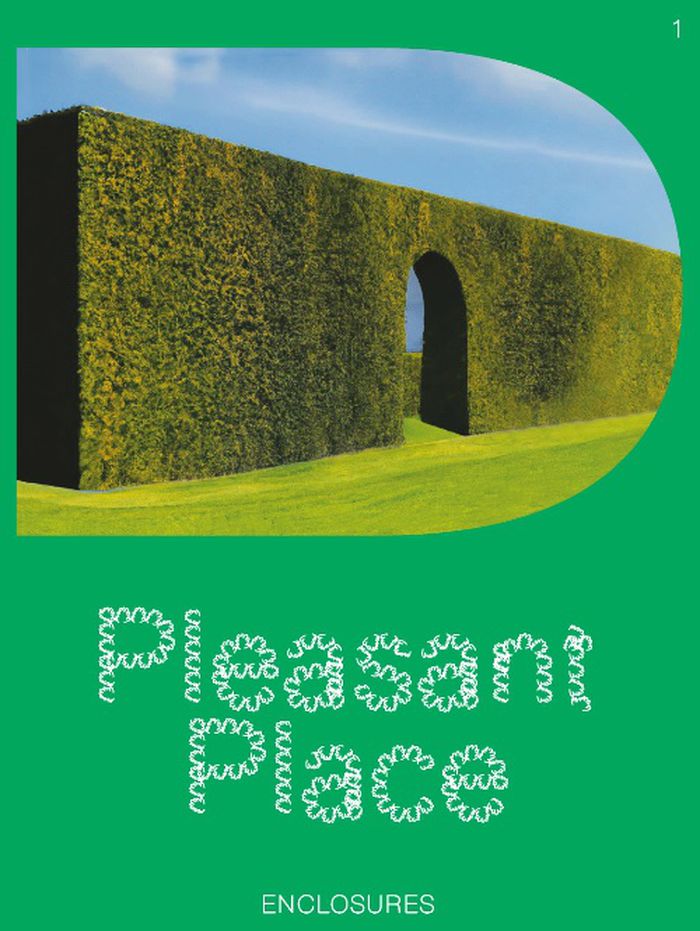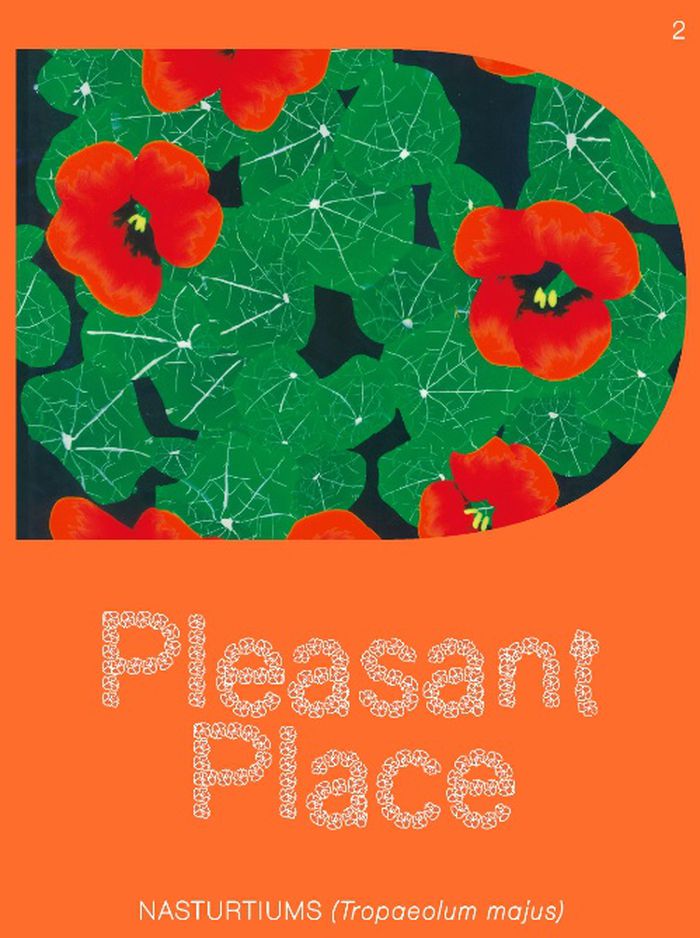D'A (D'Architectures) 303
$22.00
(disponible sur commande)
Résumé:
Le dernier numéro est maintenant disponible à la librairie.
D'A (D'Architectures) 303
Actions:
Prix:
$22.00
(disponible sur commande)
Résumé:
Le dernier numéro est maintenant disponible à la librairie.
Revues
$57.95
(disponible sur commande)
Résumé:
This issue features urban agriculture and its transforming influence on cities. With an interview by Lee Chin-Wei + Herbert Wright, this theme analyses Rooftop Greenhouse Agrotopia by van Bergen Kolpa architects + META architectuurbureau, urban agriculture on top of a hybrid building by Kuehn Malvezzi and the Taisugar Circular Village (Taiwan). With increasing concerns of(...)
C3 421: How urban agriculture can transform cities / Sustainable future workplace
Actions:
Prix:
$57.95
(disponible sur commande)
Résumé:
This issue features urban agriculture and its transforming influence on cities. With an interview by Lee Chin-Wei + Herbert Wright, this theme analyses Rooftop Greenhouse Agrotopia by van Bergen Kolpa architects + META architectuurbureau, urban agriculture on top of a hybrid building by Kuehn Malvezzi and the Taisugar Circular Village (Taiwan). With increasing concerns of sustainability, this issue shows as well a series of sustainable work environments in Italy and Norway: the Furla Headquarters by GEZA Architettura, La Manufacture for Céline by MetroOffice Architetti and Vestre's sustainable factory The Plus in the Norwegian woods by BIG. The 7000 m2 building will be a global showcase for sustainable and highly efficient production and an experience destination for people around the world.
Revues
$57.95
(disponible sur commande)
Résumé:
This issue features Korean architecture with examples by Seung H-Sang (and an interview) and Dongjin Kim's Yeonliji, among others, and a special on Carlana Mezzalira Pentimalli. New projects feature Zaha Hadid Architects, Studio Zhu Pei Studio Cochi Architects and Rojkind Arquitectos.
C3 422 Korean Architecture, Carlana Mezzalira Pentimalli
Actions:
Prix:
$57.95
(disponible sur commande)
Résumé:
This issue features Korean architecture with examples by Seung H-Sang (and an interview) and Dongjin Kim's Yeonliji, among others, and a special on Carlana Mezzalira Pentimalli. New projects feature Zaha Hadid Architects, Studio Zhu Pei Studio Cochi Architects and Rojkind Arquitectos.
Revues
$13.50
(disponible sur commande)
Résumé:
Le dernier numéro est maintenant disponible en librairie. // The latest issue is now available at the bookstore.
Espace 133 : neurodiversité / neurodiversity
Actions:
Prix:
$13.50
(disponible sur commande)
Résumé:
Le dernier numéro est maintenant disponible en librairie. // The latest issue is now available at the bookstore.
Revues
$26.50
(disponible en magasin)
Résumé:
The latest issue is now available at the bookstore.
Log 56: CataLog, the model behaviour exhibition
Actions:
Prix:
$26.50
(disponible en magasin)
Résumé:
The latest issue is now available at the bookstore.
Revues
$40.95
(disponible en magasin)
Résumé:
Le dernier numéro est maintenant disponible à la librairie.
Étapes 270 : Diplômes d'écoles d'art et de design 2022
Actions:
Prix:
$40.95
(disponible en magasin)
Résumé:
Le dernier numéro est maintenant disponible à la librairie.
Revues
$14.95
(disponible sur commande)
Résumé:
Le dernier numéro est maintenant disponible à la librairie.
Spirale 282 : (In)actualités nietzschéennes
Actions:
Prix:
$14.95
(disponible sur commande)
Résumé:
Le dernier numéro est maintenant disponible à la librairie.
Revues
périodiques
Bill 4
$70.00
(disponible en magasin)
Résumé:
‘Bill’ is annual magazine of photographic stories without any accompanying text to prioritise visual reading without distraction. Designed, edited, and produced by designer Julie Peeters and associate editor Elena Narbutaite, this issue contains 184 offset printed pages on thirteen different paper stocks. Contributions for this issue include George Tourkovasilis, Cinzia(...)
Bill 4
Actions:
Prix:
$70.00
(disponible en magasin)
Résumé:
‘Bill’ is annual magazine of photographic stories without any accompanying text to prioritise visual reading without distraction. Designed, edited, and produced by designer Julie Peeters and associate editor Elena Narbutaite, this issue contains 184 offset printed pages on thirteen different paper stocks. Contributions for this issue include George Tourkovasilis, Cinzia Ruggeri through the lenses of Ilvio Gallo and Occhiomagico, SC103’s first runway, Inge Grognard, Adrianna Glaviano, the contact sheets of Santi Caleca, Rosalind Nashashibi, as well as magazine spreads from Anders Edström, Curtis Cuffie, and Hans Hollein.
périodiques
janvier 2023
Revues
Pleasant Place 1: enclosures
$22.00
(disponible sur commande)
Résumé:
''Pleasant Place'' is a growing collection of publications about the art of gardening, offering both practical and in-depth information to everyday garden tasks and garden design. This first issue features essays such as ''A Sisterly Witch Dance in the Walled Garden'' by Laurie Cluitmans, ''New Enclosures'' on new experimental enclosures by artists Cindy Bakker, Iede(...)
Pleasant Place 1: enclosures
Actions:
Prix:
$22.00
(disponible sur commande)
Résumé:
''Pleasant Place'' is a growing collection of publications about the art of gardening, offering both practical and in-depth information to everyday garden tasks and garden design. This first issue features essays such as ''A Sisterly Witch Dance in the Walled Garden'' by Laurie Cluitmans, ''New Enclosures'' on new experimental enclosures by artists Cindy Bakker, Iede Reckman, Jesse Greulich, and Daniel Slats, a photo-essay on Derek Jarman’s fenceless garden, an article on the benefits of ''Living Enclosures'' with illustrations by Gijs Deddens, and a set of hortus conclusus miniatures by Sophie Artz.
Revues
$22.00
(disponible sur commande)
Résumé:
''Pleasant Place'' is a growing collection of publications about the art of gardening, offering both practical and in-depth information to everyday garden tasks and garden design. The second instalment is dedicated entirely to the nasturtium (Tropaeolum majus); every part of this plant is edible. From ''A Botanical Introductions'' to ''Nasturtiums in Art History,'' there(...)
Pleasant Place 2: Nasturtiums (Tropaeolum Majus)
Actions:
Prix:
$22.00
(disponible sur commande)
Résumé:
''Pleasant Place'' is a growing collection of publications about the art of gardening, offering both practical and in-depth information to everyday garden tasks and garden design. The second instalment is dedicated entirely to the nasturtium (Tropaeolum majus); every part of this plant is edible. From ''A Botanical Introductions'' to ''Nasturtiums in Art History,'' there are also the following: an interview with artist-gardener Elspeth Diederix, nasturtium recipes from Amazonian cuisine expert Noni Kooiman, and an article on the astonishing spring tradition involving this plant at the Isabella Stewart Gardner Museum in Boston.
Revues
